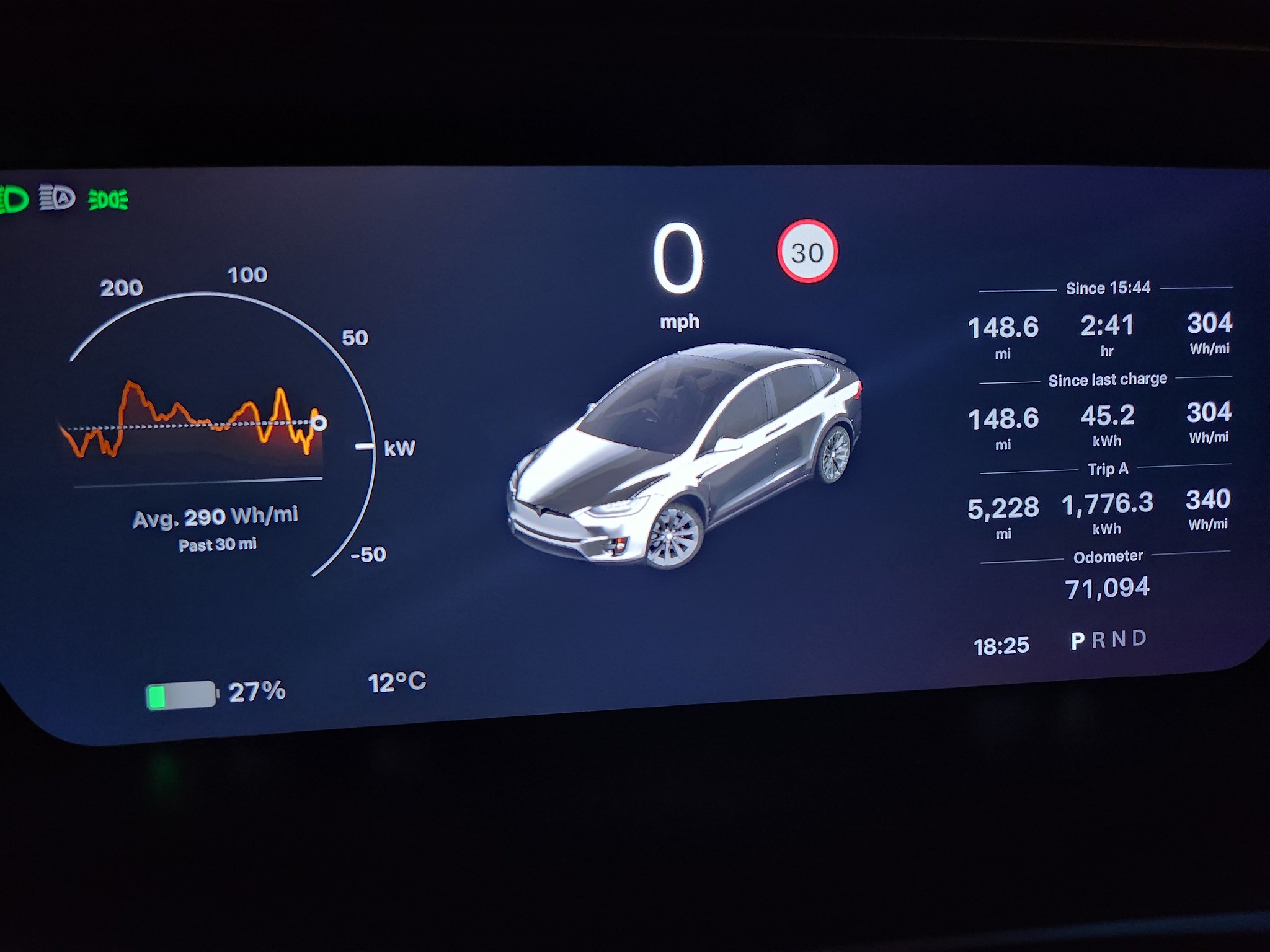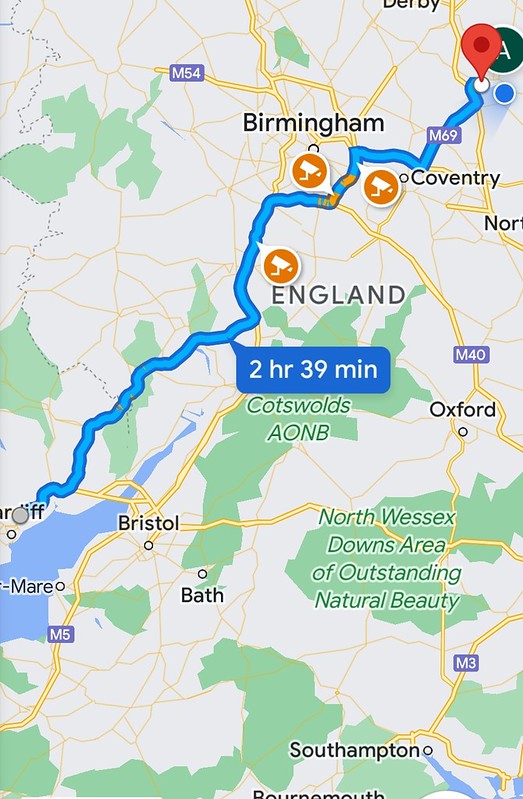Here's my soup-to-nuts thinking on Range (I'm assuming you are coming from ICE and not familiar with EV, yet)
@gangzoom opinion
upthread is the most valuable, he drives an (old) MX and its a short-range model, he takes it all over EU and says that stopping to fill up is a non event for him. When I was doing 30K miles p.a. on business what I wanted was "Fill up on RETURN leg". Supercharging has unknown time length - back then sharing a pair-of-stalls meant reduced power / longer charging stop, and if all stalls were full I would also have to wait, I did not want that on the OUTBOUND TO the client. On the way back I just sat and did my emails - which I would have had to do the moment I got home, so "time neutral"
So ... from your figures I reckon "3-5% or thereabouts"
There are quite a lot of factors that will vary a specific journey by that amount - weather, whether you are in a hurry!, traffic or roadworks is great of increasing range

. There will be few journeys where that is, precisely, the different between "Getting there" and "Having to make a splash-and-dash"
I don't think I'd think about it until it was 10% less than "optimum".
My current car is just shy of 300 miles (motorway speeds).
If I go a long way (drive - charge - drive - charge ...) then I will be stopping at around 10%, and charging to 70%, maybe 80%. That 60-70% of 300 miles is 180-210. At 130 KPH (France) is about 2.25 hours. Reality is that there won't be a Supercharger at exactly that distance, so in practice I will drive between 1.5 and 2.5 hours between stops. 1.5 hours is a bit short (if there is a further Supercharger I'll charge to 80% to be able to get there, Supercharging above 80% is very slow and not worth it unless it is critical).
Here's a real example (returning from Alps to UK). Orchestrated so that we arrived at Lunch as close to empty as we dared "empty" and used that time to fill to "full", but other than that it shows "real-world" for where Superchargers were a bit too close together and we had to do a short-stint, and others "just right". Notice we made slower progress once we got to the UK !!

But this only matters when you are driving beyond range. If that is once a year then its entirely up to you how much hanging about you want ... but, when we used to drive "non stop" tot eh Alps, we were MUCH younger and arrived knackered!, and now we are MUCH older and the multiple 20 minute stops (which only increases door-to-door from 12 hours to 13 hours) we arrive in really good shape. (Suspension probably better too, and ever since I have had AutoPilot, since 2015, I have found a noticeable reduction in tiredness on long journeys - reduced driver effort, even though I have adaptive-cruise on previous cars, so AP has only removed micro steering adjustments, but its a noticeable difference)
If out of range every month, or every week, then IME I would pay for more Range every time. First Tesla we had was 240 miles (motorway range). 10%-70% of that is only 145 miles - 1h45m MAX at 130 KPH. I was supercharging twice a month (30K miles p.a., mostly out-and-back journeys to Clients). Mind you ... that totted up to total 8 hours a year, which was exactly the same total time as filling an ICE p.a. for that mileage

Since moving to 300 mile range my supercharging has reduced to a couple of times a year, barring the Alps trip, as I can now make pretty much all my out-and-back journeys on a single tank.




